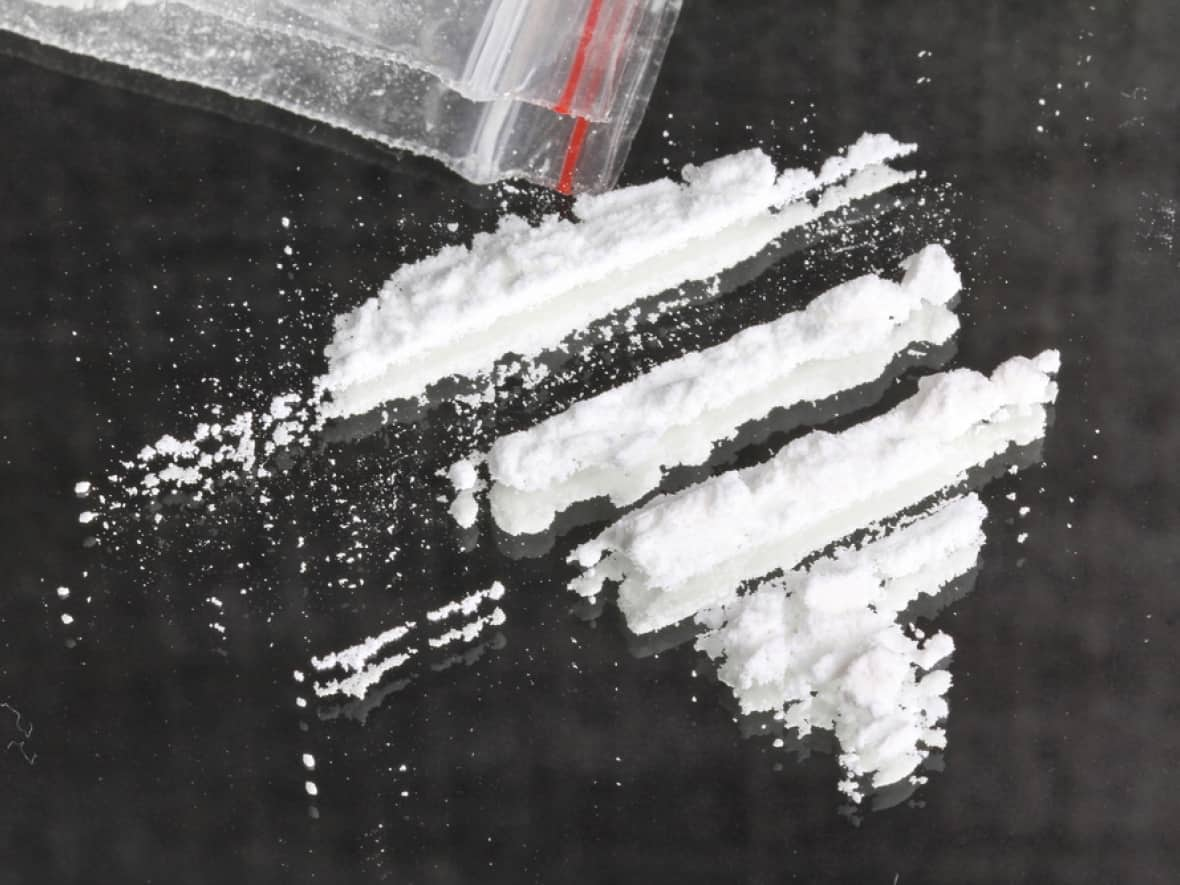Fatal overdoses linked to stimulants on the rise in Saskatchewan

The number people who died because of a stimulant-related overdose in Saskatchewan during 2021 was nearly three times the number reported for 2018, according to a Public Health Agency of Canada report.
Saskatchewan's per capita rate of overdoses last year linked to stimulants, like crystal meth or cocaine, skyrocketed past all other provinces that submitted data.
That doesn't surprise Dr. Larissa Kiesman, a family physician and the medical director at the Saskatoon Community Clinic in Westside.
"The community on the front lines has been well aware of the increasing crystal methamphetamine crisis," she said.
Kiesman said year over year, the clinic has consistently documented 700-800 patients who screen positive for crystal meth. She said this means the overall numbers in the community are clearly much higher.
Most stimulant-related deaths also involved opioids
The data included in the PHAC report sheds light on the national public health overdose crisis. Numbers were broken down into "age-adjusted rates," which are rates adjusted for existing differences by provincial and territorial age distributions using Canada's 2016 population as a reference.
Saskatchewan's age-adjusted rate for stimulant-related deaths was 20.6 per 100,000 people for 2021 — substantially higher than Ontario's rate of 13.3 and British Columbia's 5.3. Saskatchewan's age-adjusted rate in 2018 was 7.5 per 100,000 people.
The majority of stimulant-related deaths in 2021 also involved the presence of an opioid.

Kiesman said Saskatchewan medical professionals and people who use drugs lack information about what's actually in substances that are consumed in Saskatchewan. Much of the supply is tainted, and a drug may be sold under one name, but include one or more other potentially deadly substances.
She said meth is also abundant in the community.
'Social stabilization' needed: doctor
What's most concerning to the doctor is that the drug crisis will get worse. She said more people are living in unstable situations. Kiesman has seen people struggling due to changes in the social services income assistance programming in the province. Meanwhile, homelessness has increased in Saskatoon and the cost of living is going up.
We need to look at our community. We need to look at our structures and the policies that are in place to help people be healthy. - Dr. Larissa Kiesman, Saskatoon Community Clinic
Kiesman said addiction is a symptom of an unhealthy society rather than the cause of it.
"When we talk about crystal meth or opiates, we need to look at our community. We need to look at our structures and the policies that are in place to help people be healthy," she said.
"Unless we make sure that people can be housed and not be living in crushing poverty situations, it's really challenging to keep addiction away."
She said people living in precarious situations can often turn to stimulants and other drugs to cope with trauma.
But the drug use can turn fatal, and prolonged meth use can be destabilizing, leading to paranoia, psychosis, anxiety and mental health crisis, she said. Kiesman said people who reach this level of crisis may need help on many levels.
"If we just send people to the hospital, they might get medical stabilization, but they generally aren't getting that wraparound social stabilization that they need."
She's referring to stable housing, counselling and other outreach services.
"When people are actively using crystal meth, they need a safe place to be that isn't out in the streets and isn't the community."
She said an integrated, coordinated hub of care that involves outreach and social services workers, as well as healthcare professionals, would be the optimal way to help people dealing with serious addictions.


